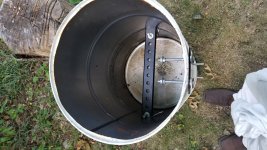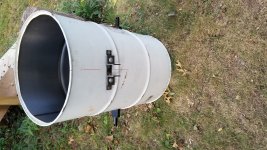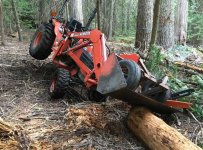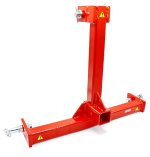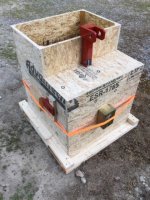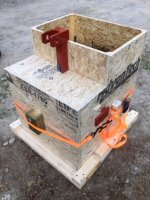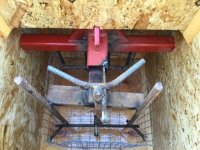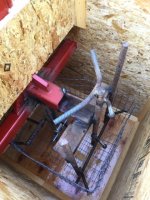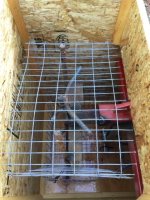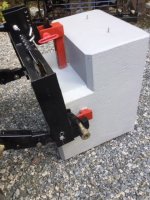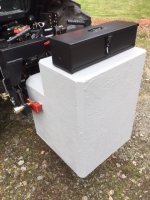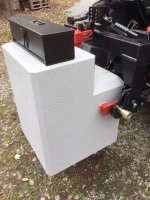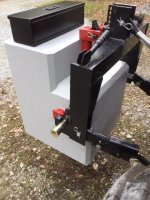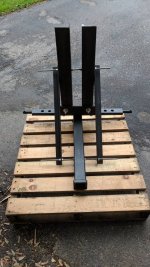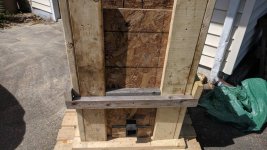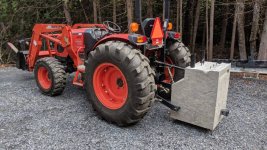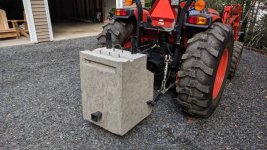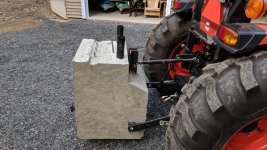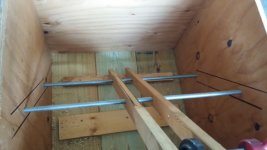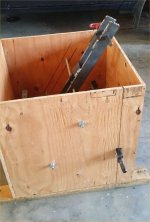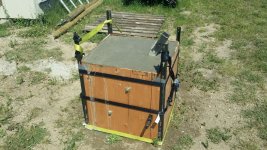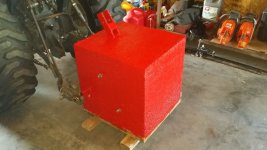PEJ5
Gold Member
I have the forms built for my ballast and am trying to decide how much concrete to use. I can fill the non-beveled section anywhere from 27" high to 36" high. See sketch. I estimate 27" high to total 1200# (my original design) and every 3" of additional concrete in the rear section will add another 100# so 36" would be approximately 1500#.
My DK5010's loader is capable of about 2600# of lift. I have my tires loaded (880#). I want a tight ballast to get through the sloped (10% to 15% grade) woods section of my property to remove trees and get large rock down to the shore line.
How much ballast weight should I go for.
Peter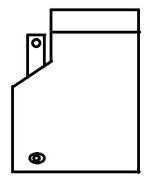
My DK5010's loader is capable of about 2600# of lift. I have my tires loaded (880#). I want a tight ballast to get through the sloped (10% to 15% grade) woods section of my property to remove trees and get large rock down to the shore line.
How much ballast weight should I go for.
Peter

